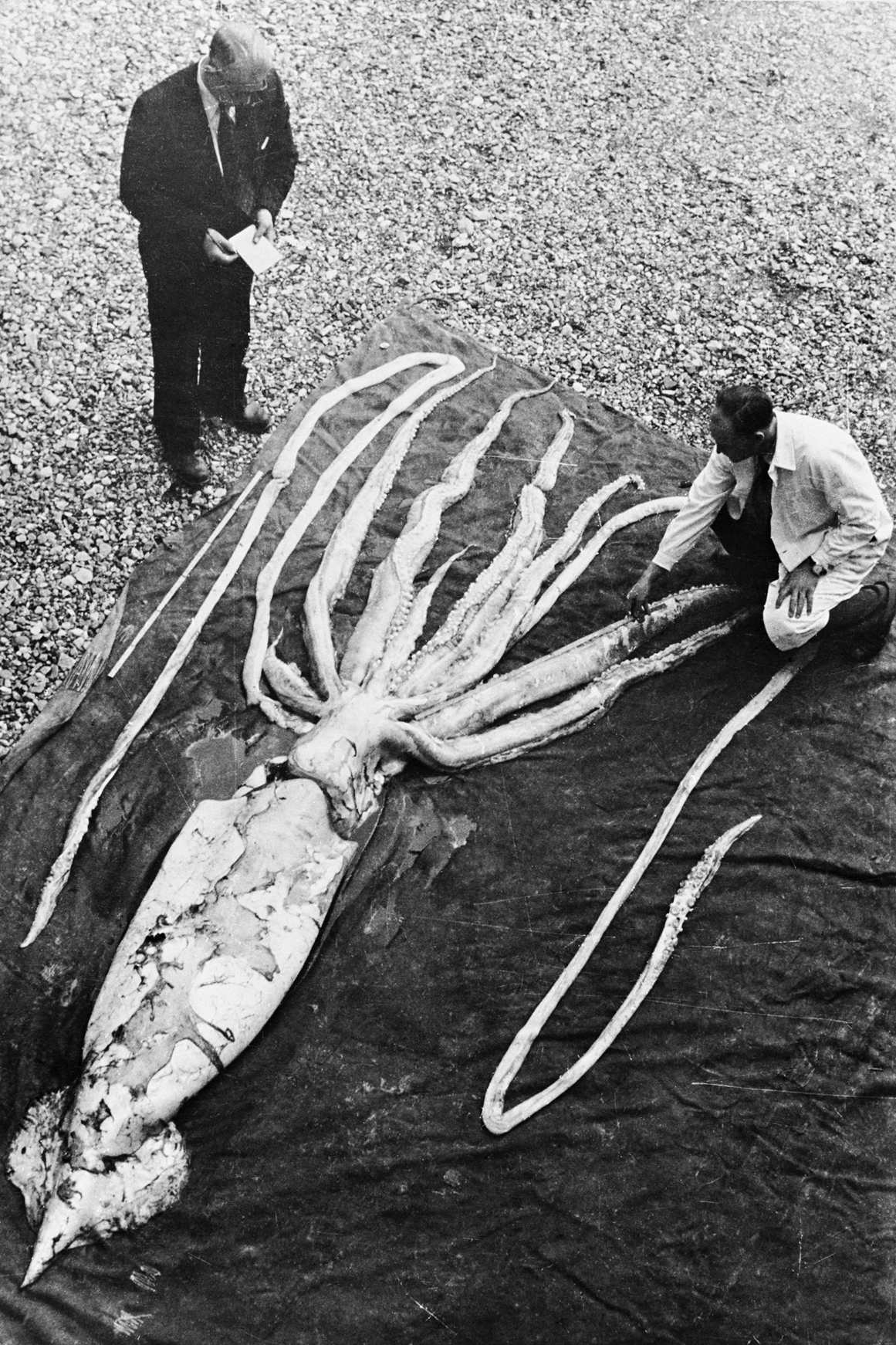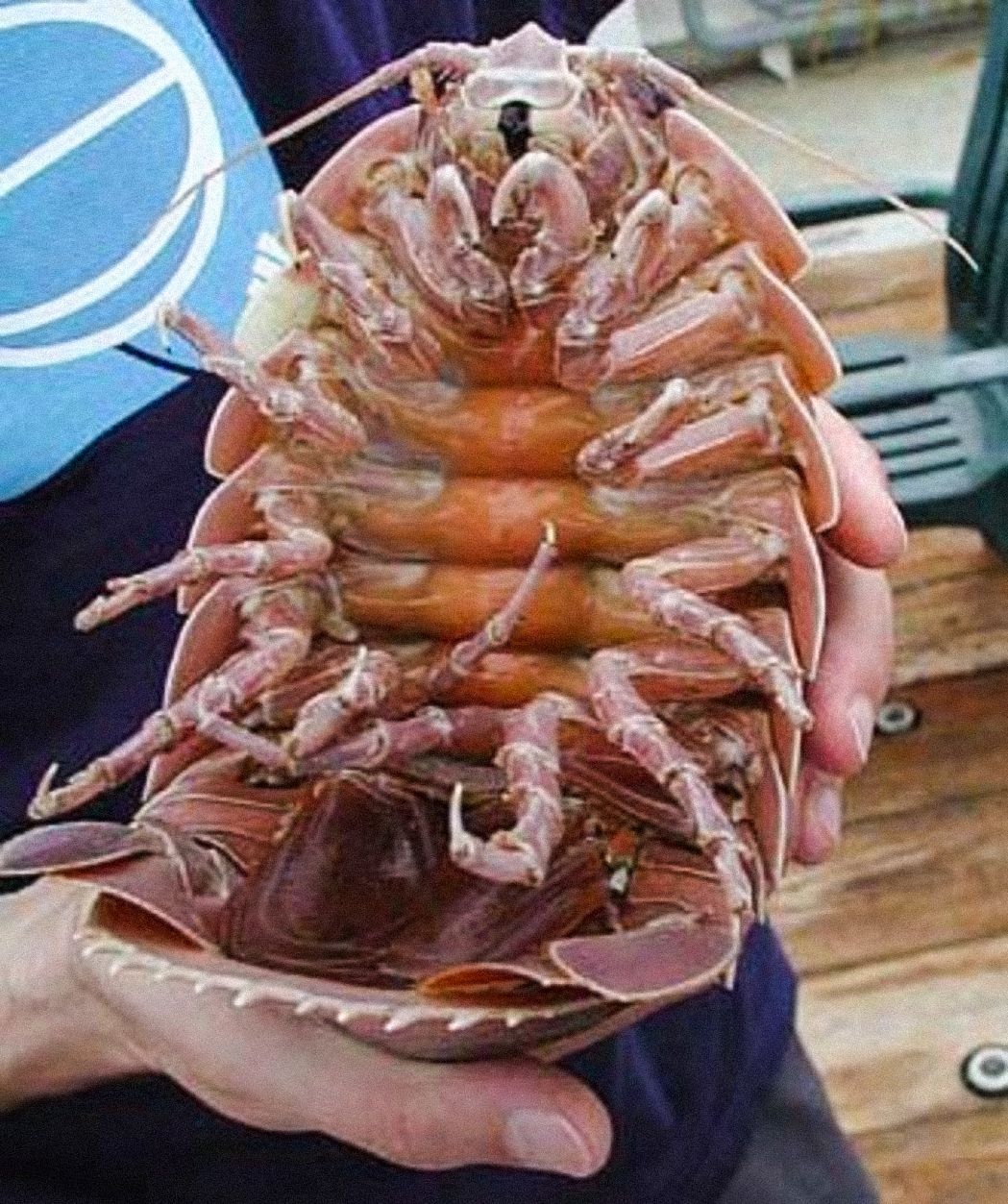Throughout the chronicles of biological history, gigantism has always fascinated scientists and the general public as well. Be it the colossal dinosaurs of the Mesozoic Era or the terrifyingly giant arthropods that emerged during the Palaeozoic period, the world has seen its fair share of enormous creatures. However, recent discoveries have shed light on a different but equally intriguing phenomenon: polar gigantism. While polar gigantism may elicit thoughts of giant polar bears roaming the Arctic, it is markedly distinct from its ancient counterpart found in the Palaeozoic era. Have these colossal creatures made a return to the modern world? Are there monstrous beings lurking beneath the ocean depths? Let’s dive in and explore.

To truly understand the difference between polar and Palaeozoic gigantism, we need to delve into their respective origins. During the Palaeozoic era, a specific set of environmental conditions prompted the evolution of colossal creatures, particularly invertebrates like sea scorpions (Eurypterids) and sea spiders (Arthropleurids). The primary factors contributing to this gigantism were higher levels of atmospheric oxygen, a warmer climate, and abundant food resources. This combination allowed these creatures to grow to unprecedented sizes – some reaching over two meters in length.
On the other hand, polar gigantism owes its existence to completely different circumstances. In the frigid Arctic and Antarctic regions, the cold temperatures and nutrient-poor waters present challenges for organisms to sustain their metabolism and growth. To overcome these limitations, certain species have adapted to developing larger sizes as a survival advantage. Polar gigantism is predominantly observed in marine invertebrates such as deep-sea isopods, amphipods, and jellyfish. The larger size aids these creatures in maintaining body heat, surviving in low oxygen conditions, and capturing elusive prey in the cold darkness.

While both forms of gigantism share the common denominator of massive proportions, the biological mechanisms behind each phenomenon are divergent. Palaeozoic gigantism was driven by a combination of atmospheric and climatic factors, coupled with abundant food availability. It was a product of a more welcoming environment. Conversely, polar gigantism is an evolutionary response to extreme conditions that demand adaptations to survive and thrive.

But does the world still witness the immense impact of gigantism today? The answer lies deep beneath the ocean’s surface. Earth’s vast and mysterious oceans house wonders beyond human comprehension, with creatures that push the limits of size. Among these, the colossal squid (Mesonychoteuthis hamiltoni) stands out as a formidable example. With tentacles reaching up to 5 meters long and an estimated weight of half a ton, this behemoth is a true testament to modern-day gigantism.
Do you remember the mysterious incident of the USS Stein monster? Could polar gigantism explain this mysterious historical event?
The USS Stein monster incident, a tale of mystery and speculation that occurred in November 1978. The sighting took place aboard the USS Stein, a United States Navy destroyer escort tasked with supporting the construction of an undersea cable network in the Caribbean. While the crew was conducting routine operations, an unidentified giant squid-like creature emerged from the depths of the sea and damaged the ship terribly, leading to hasty explanations and debates that have persisted to this day. Was the creature a testimony of polar gigantism in larger animals?
Nevertheless, while colossal squids and other large marine animals persist, it’s crucial to differentiate between the occasional outlier and true gigantism affecting entire ecosystems, as was observed during the Palaeozoic era. The unique combination of circumstances that gave rise to Palaeozoic gigantism is yet to re-emerge today, leaving us without the truly monstrous creatures that once roamed the Earth.
In conclusion, polar gigantism and Palaeozoic gigantism are distinct phenomena shaped by different environmental pressures. While polar gigantism has adapted marine invertebrates to survive in extreme cold environments, Palaeozoic gigantism arose from a combination of favorable atmospheric conditions, climate, and abundant food resources. While the depths of our oceans still maintain a sense of mystery, it’s important to recognize that the colossal and monstrous creatures of the past remain nestled within fascinating chapters of history.




